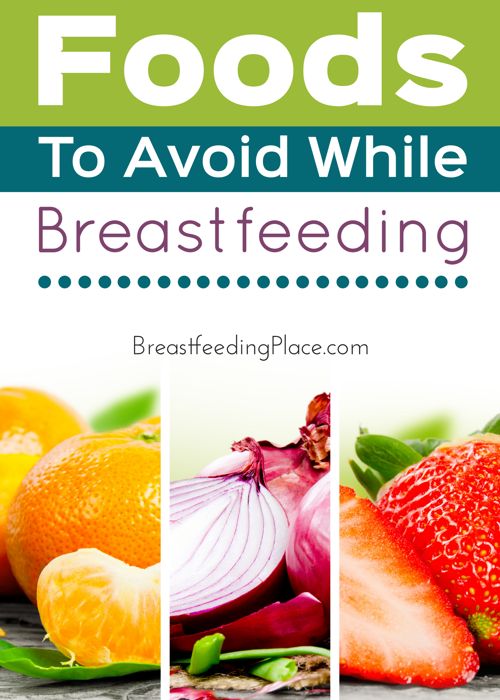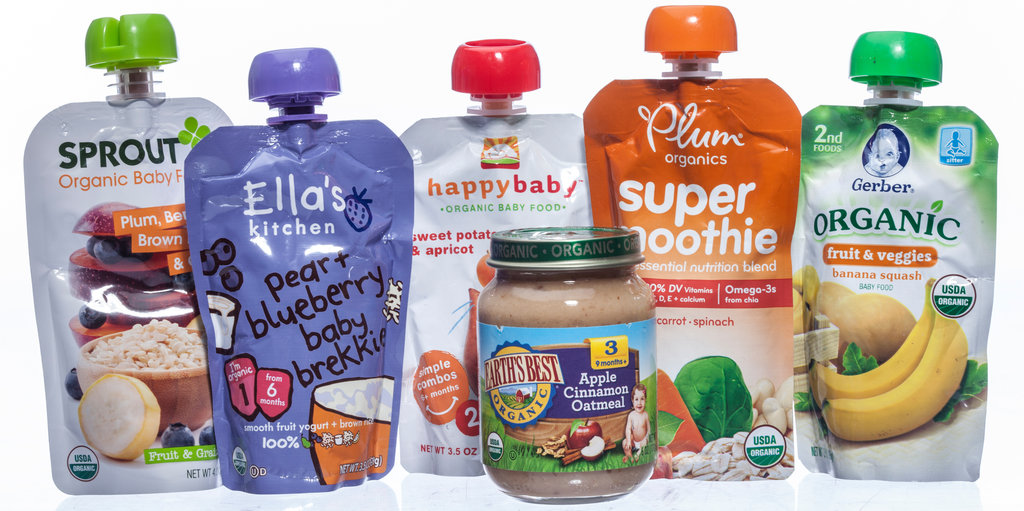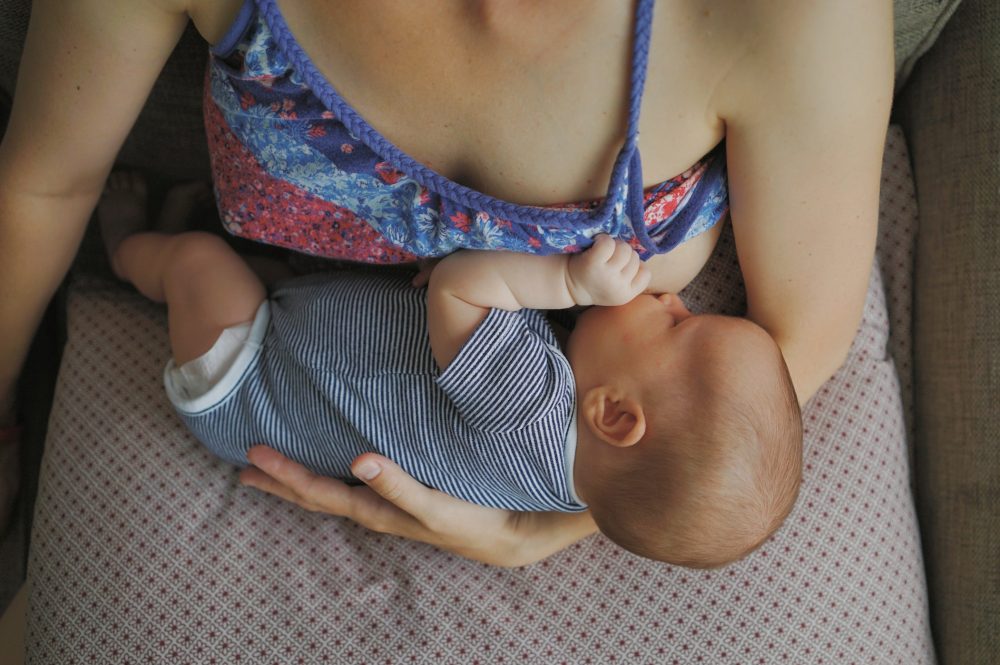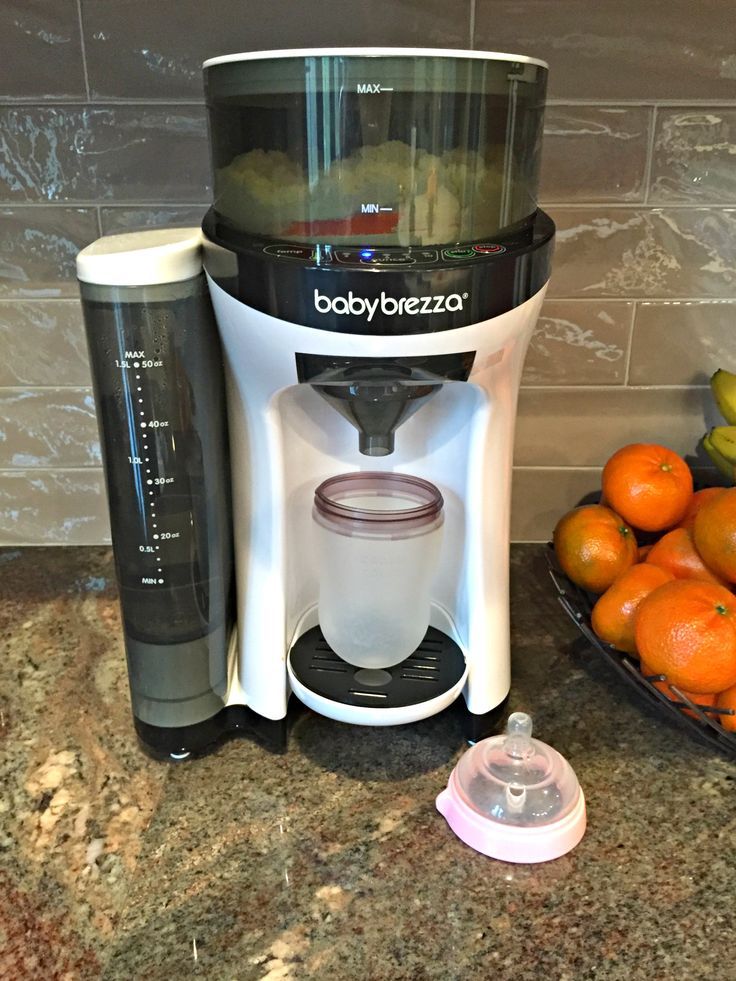Baby feeding spurt
All About Baby Growth Spurts
Your newborn baby will grow rapidly in the first couple of months, and sometimes you'll suspect that your baby has grown overnight! Read on to learn all about baby growth spurts: what they are, what signs to look out for, and how to deal with them.
What Are Growth Spurts?
A growth spurt refers to a period of intense, rapid growth in a short period of time. You may notice that your infant or toddler seems to have grown overnight when this happens. Length (height) and weight are the two most obvious measures of growth in a baby. During the first year, babies on average add about 10 inches (25 centimeters) in length and triple their birth weight. Babies' heads also grow a lot, especially during the first four months. It's likely that your baby will grow at a fairly steady rate, but it’s also possible your infant will have what are called growth spurts.
related baby tool
Keep an eye on your baby’s average growth by tracking height, weight, and head circumference with our simple tool.
Fill out your baby's details*:
What is your child*
Boy Girl
This is a mandatory field.
Age (between 0 and 24 months)
This is a mandatory field.
Weight (lbs.)
This is a mandatory field.
Height (in.)
This is a mandatory field.
Head circumference (in.)
This is a mandatory field.
*Input details of your baby’s last measurements. **Source: World Health Organization
When Do Babies Have Growth Spurts?
Most babies lose around one-tenth of their birth weight in the first five days after birth; then, they tend to regain it in the next five days. After your newborn has returned to her birth weight, you may observe that she grows rapidly and goes through another growth spurt between 3 to 6 weeks. However, different babies may have growth spurts at different times. Check with your baby's healthcare provider if you have any questions or concerns about your little one's growth or development.
Growth spurts in toddlers are less common. After age 1, growth tends to slow down, and by age 2, children start to grow at a more steady rate until just before puberty. A major growth spurt is common between the ages of 8 and 13 for girls, and between 10 and 15 for boys.
You may want to track your baby’s growth spurts in our Baby Growth Chart Calculator to see how quickly your little one is growing.
After your newborn has returned to her birth weight, you may observe that she grows rapidly and goes through another growth spurt between 3 to 6 weeks. However, different babies may have growth spurts at different times. Check with your baby's healthcare provider if you have any questions or concerns about your little one's growth or development.
Growth spurts in toddlers are less common. After age 1, growth tends to slow down, and by age 2, children start to grow at a more steady rate until just before puberty. A major growth spurt is common between the ages of 8 and 13 for girls, and between 10 and 15 for boys.
You may want to track your baby’s growth spurts in our Baby Growth Chart Calculator to see how quickly your little one is growing.
What Are the Signs of Baby Growth Spurts?
You may be wondering if there are any signs of a growth spurt to look out for. Here are a few things you may observe just before your little one shoots up a size:
Your baby is hungry more often.
 Around the time your baby goes through a growth spurt, you may notice he’s hungrier than usual. Your baby may show signs of increased hunger by crying a lot, appearing restless, or sticking out his tongue or sucking on his hands and lips.
Around the time your baby goes through a growth spurt, you may notice he’s hungrier than usual. Your baby may show signs of increased hunger by crying a lot, appearing restless, or sticking out his tongue or sucking on his hands and lips. Your baby may show more fussiness. Your baby may appear cranky or even cry a lot just before a growth spurt. However, symptoms of fussiness or crankiness can occur because of other conditions, such as colic, especially if the crying happens around the same time of day every day.
How to Deal With Infant Growth Spurts
If you notice your baby is showing the above signs and it looks like she’s about to have a growth spurt, there are a few things you can do to help:
Feed your baby more if she seems hungry. Make sure your baby gets the nourishment she needs for her upcoming growth spurt and her overall development. If she’s breastfed, you can nurse her more often, as this will help stimulate more milk production.
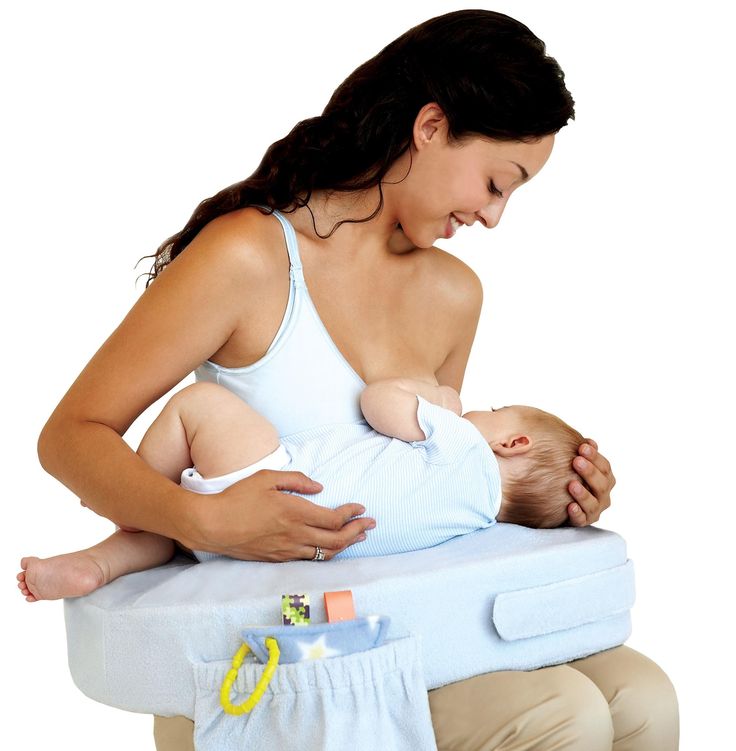 If she’s formula-fed, you can give her a little more at each feeding or you can feed her more often.
If she’s formula-fed, you can give her a little more at each feeding or you can feed her more often.Help your baby sleep. Create a good sleeping environment by keeping the lights low and try to create a routine before bedtime, which can help your little one sleep better. If your baby likes to nap more during the day, like three or four hours, and you’re worried she won’t get enough sleep at night, you can wake her up and play with her.
Help soothe your fussy or cranky baby. If you’ve ruled out other causes for your baby being fussy or cranky, then try to soothe your baby by rocking or cuddling her, or even talking to her or doing things that you find calm her.
The Bottom Line
All parents expect to see their baby grow and develop, but don’t be surprised if your little one seems to have grown overnight when she goes through a growth spurt! You may spot some of the signs a baby’s growth spurt is coming before it happens, like being hungrier or being a little fussier than normal. Or, you’ll simply notice your baby has gone up a size all of a sudden without showing any of the baby growth spurt symptoms.
Growth spurts are normal and natural in the first few months of a baby's life. They’re nothing to worry about, but if you do notice your little one is hungrier than normal or even a little cranky, then it’s possible you’ll wake up to a bigger baby.
Or, you’ll simply notice your baby has gone up a size all of a sudden without showing any of the baby growth spurt symptoms.
Growth spurts are normal and natural in the first few months of a baby's life. They’re nothing to worry about, but if you do notice your little one is hungrier than normal or even a little cranky, then it’s possible you’ll wake up to a bigger baby.
Baby Growth Spurts: First Year Trends
Babies triple their weight in the first year! That’s a lot of growing. There are about six baby growth spurts in the first 12 months. Babies need extra patience, cuddling, and food during that time! Let’s dive into what you need to know.
Your baby changes and grows rapidly during the first year.
After that, growth is steady until your little one hits the adolescent growth spurt when children grow several inches before reaching puberty.
During baby growth spurts, head circumference, length, and weight increase at a faster rate than usual.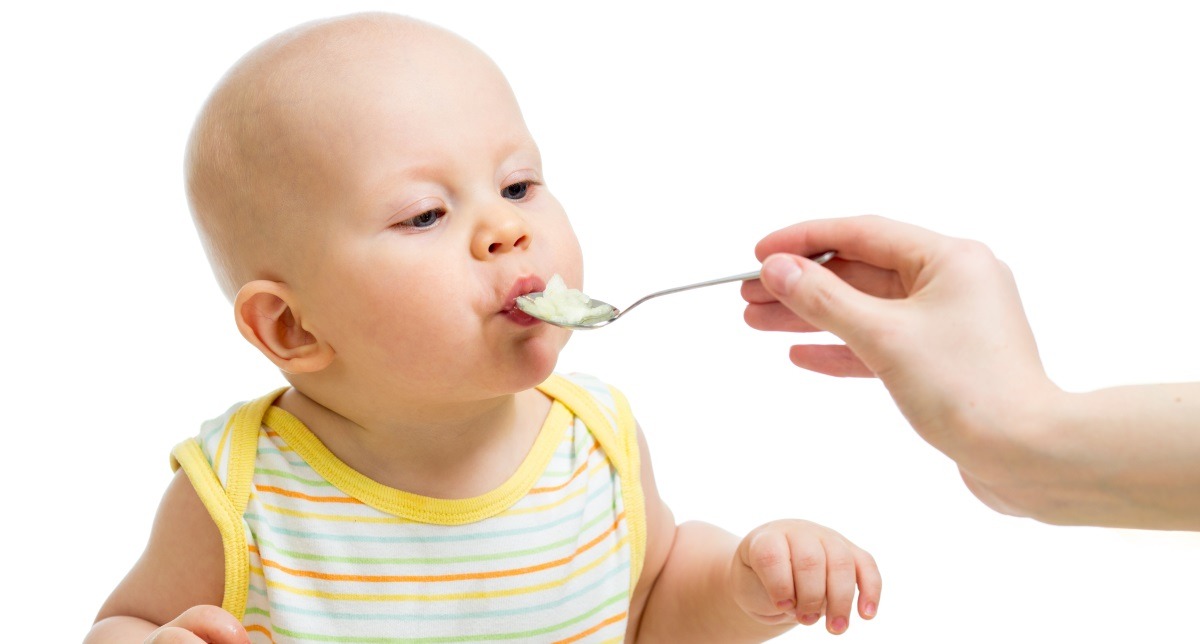
Growth spurts probably go unnoticed by many parents.
But if you’re dialed into your little one’s patterns, moods, and appetite, you’ll notice a few changes during these times.
Keep reading to learn about when baby growth spurts usually happen, what to look for, and what you can do to adjust to the changes.
What Are Baby Growth Spurts?Growth spurts are when a child reaches new height and weight milestones in a short period.
Your baby’s birth weight included extra fluid, which they lose within the first few days.
After regaining their birth weight by around day 10, most babies grow rapidly and go through several growth spurts during the first year.
Growth slows down during toddlerhood and the school-age years until the next major growth spurt in adolescence.
When Do Babies Go Through Growth Spurts?The newborn growth spurt occurs at around 7-10 days, then growth goes into overdrive every seven to ten days until the 3-month growth spurt.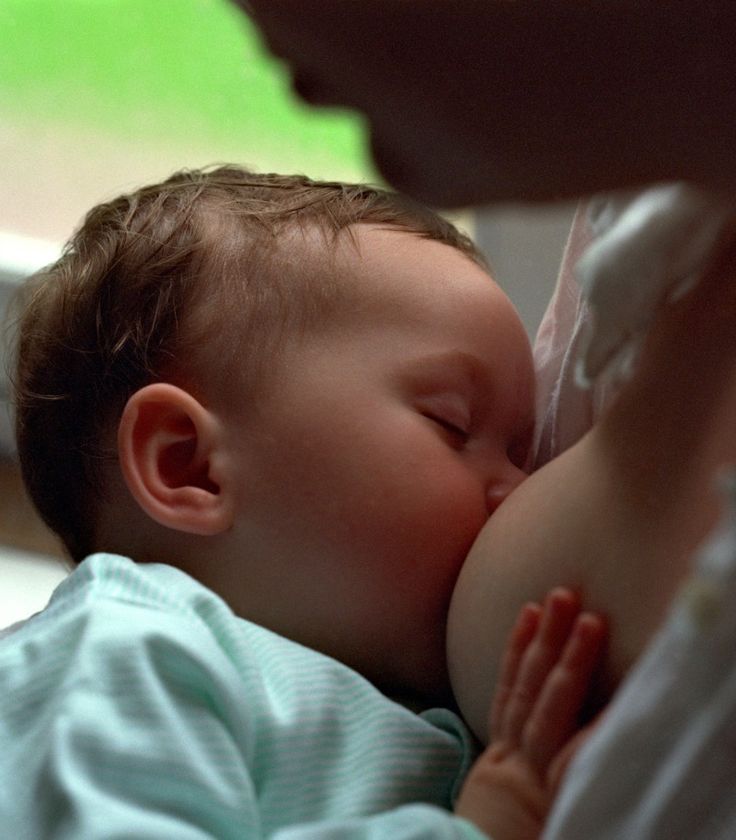
After that, the time between growth spurts stretches to a few months.
Growth spurts usually occur around 7-10 days, 2-3 weeks, 6 weeks, 3 months, 6 months, and 9 months.
Growth spurts can happen at any time, however, so don’t worry if your baby doesn’t follow the calendar!
Growth spurts last approximately 2-3 days, or up to a week.
What Are the Signs of a Baby Growth Spurt?Your baby napped on schedule, finished eating, and isn’t sick.
So what is going on?
Well, if your baby is around the age a growth spurt usually occurs, that’s probably it.
Here are some signs to look for:
- Increased appetite. Many babies will want to nurse more often or longer.
- Fussiness. A growing infant is hungry, tired and possibly a little uncomfortable.
- Increased napping and sleeping longer, particularly when babies are growing in length.
Every baby is unique and not everyone has the same height potential.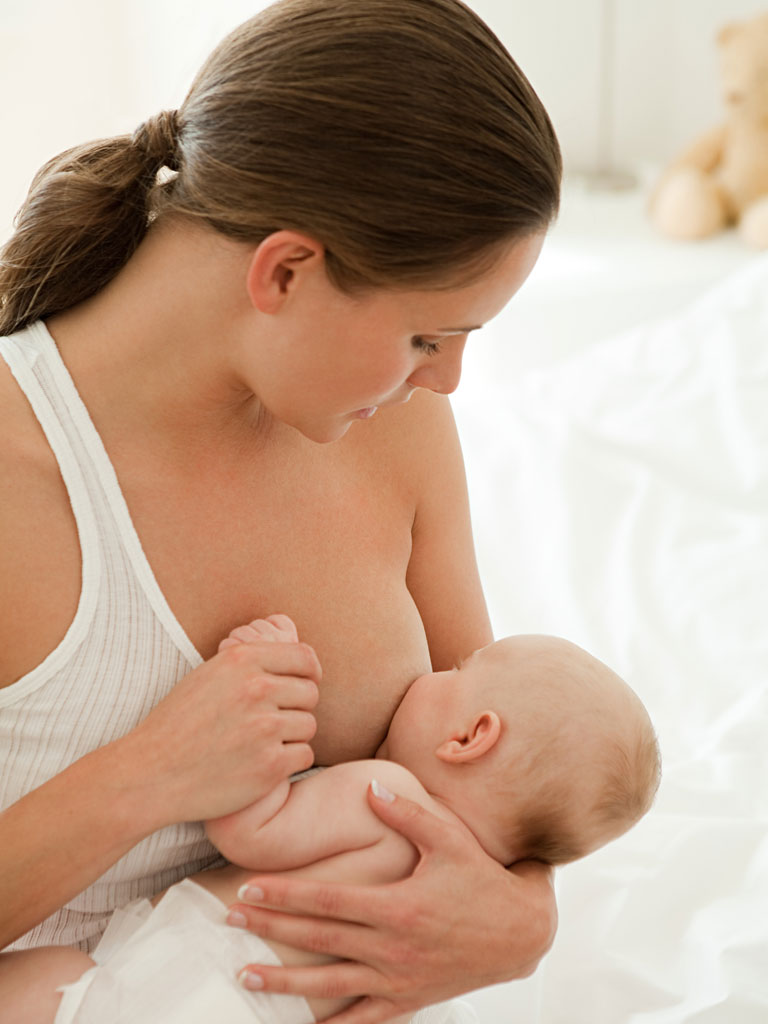
Height and weight don’t give us enough information about how well infants and children are growing.
That’s why pediatricians monitor a child’s growth by comparing their measurements to a standard. And by tracking a child’s measurements along their own growth curve.
Monitoring your child’s growth with a growth chart helps identify any unexpected changes in your child’s pattern.
For example, falling off the growth curve may indicate failure to thrive.
The World Health Organization’s (WHO) growth chart is used for babies 0-23 months and the CDC growth chart is used for children 2 years and older.
How to Deal With Your Baby’s Growth Spurt ChangesWhat should you do if your baby is experiencing an increase in growth? Check out some common approaches here:
Additional feedings to support your baby’s increased appetite.Offer more food to hungry babies during a growth spurt. As a pediatric dietitian, I suggest sticking to a healthy baby feeding routine.
Add more food throughout the day or at meals and snacks and resist developing habits that aren’t beneficial, like night feedings.
Here’s how much formula fed and breast-fed babies should eat:
Newborns: In the first few days, newborns eat about half an ounce 8 – 12 times a day. At around 2 weeks old, infants take about 2 to 3 ounces per feeding.
2-month-olds: needs about 4 to 5 ounces per feeding every 3 to 4 hours.
4 months old: formula or breast milk increases to about 4 to 6 ounces per feeding, every 3 to 4 hours.
6 months old: Once babies start solids, they continue to take around 6 to 8 ounces of formula or breast milk every 4 to 5 hours.
6 – 12 months: Babies continue to eat about 7 – 8 ounces per feeding. As babies eat more solids, they’ll rely on fewer bottles each day. Instead, a lot of their nourishment comes from solid foods.
Positive sleep habits and regular bedtimes.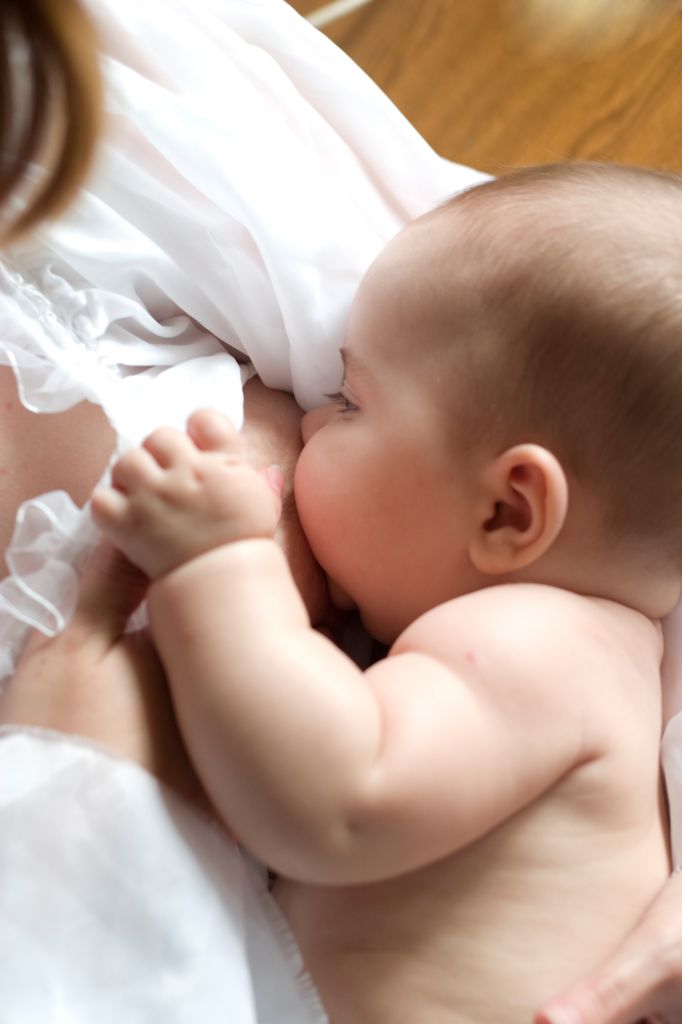
Babies 4 to 12 months should sleep 12 to 16 hours per 24 hours (including naps) regularly.
Growth spurts make babies even sleepier, so your little one will want to sleep even longer.
Encourage quality sleep and naps with bedtime routines so your baby gets the rest he needs.
Studies show that growing babies benefit from longer sleep, especially for growing in length.
Patience.Your baby may be fussier than usual. He needs extra cuddles to soothe and reassure him.
Self-care.Don’t forget to take care of yourself and recharge.
The extra feedings and attentiveness your baby needs can wear you down before you realize it. Breastfeeding moms may be hungrier and thirstier because their babies are nursing more.
Don’t worry.
You should be able to produce enough milk to meet your baby’s increased needs.
As your baby nurses more, your body produces more milk.
Here’s a growth spurts summary chart and some quick tips for parents:
| Growth Spurts | 7-10 days 2-3 weeks 6 weeks 3 months 6 months 9 months |
| Signs | Baby will want to eat more often and longer Fussiness Baby will want to nap more and sleep longer |
| Tips for Parents | Offer more food at meals and snacks throughout the day Maintain sleep routines to encourage napping and restful sleep Patience and extra cuddles help soothe fussy babies Don’t forget to take care of yourself with plenty of rest, food and hydration |
Growth spurt milestones help parents and pediatricians determine if a baby’s growth and development are on track.
Don’t worry if your baby isn’t growing fast or the growth spurts don’t happen when you expect them to.
Get the Food & Nutrients for Baby’s Brain!
Pediatricians only get the big picture by tracking your baby’s length and weight on a growth chart.
Changes in growth patterns point to a baby not eating enough or getting more nourishment than he needs.
And, catching failure to thrive right away is essential for healthy physical and cognitive development.
Want to Learn More about Growth Spurts in Children?Have I Hit My Growth Spurt Yet? 13 Signs It’s Happening
How to Get Taller: 7 Ways to Support Your Teen’s Growth Spurt
Growth and Development in Children: What to Expect
milestones, chart, growth spurt and more — Polinka on vc.ru
babyboomer.ru
63 views
The 3 month mark is big for baby milestones and it's normal to have a lot of questions about what's next. We have all the answers.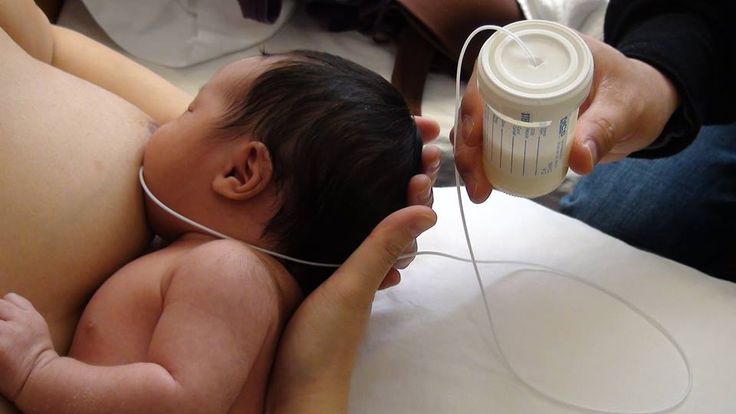
Your baby is three months old! Phew, it's the fourth trimester, done and dusty, and it just makes it easier, right? The fragility of newborns is gone, your baby is breaking out of those newborn clothes, and sleeping and eating become, well, if not easier then at least a little more predictable. Three months is a big time for baby stages in life, and it's perfectly normal to have a lot of questions about what's next. nine0003
3 months
First Motor Skills By the end of three months, your baby will likely be able to roll from front to back and hold their head with less bobbing these days thanks to strengthening neck muscles. When the baby is on his stomach, he can probably lift his head and chest, stretch out and kick with his feet. Have you noticed how your child pushes with his feet when his feet are on a hard surface? All of these gross motor skills come into play in preparation for eventual crawling and walking. But don't worry, they're still a long way from the break! nine0003
Fine motor skills Give this child a hand! Their fine motor skills are developing quite well, which means that your three-month-old baby can do all kinds of DIY tricks.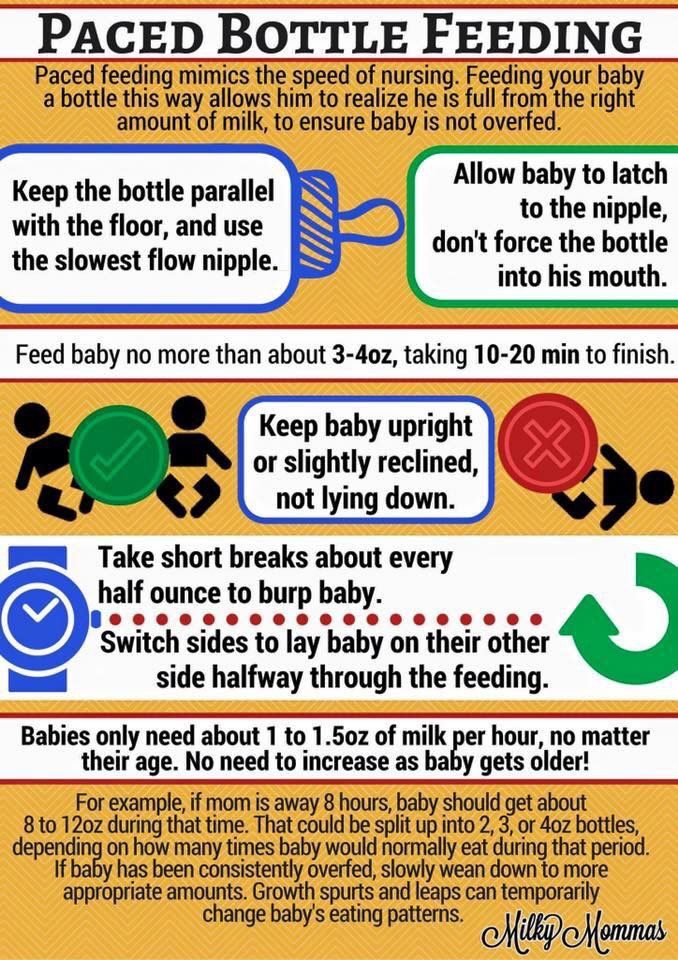 Opening and closing hands, bringing them together, finding a mouth with them, and even hitting a favorite object (or you!) - all this happens during this period. In the coming months, your child's hand strength and accuracy will continue to improve, which means they will soon be able to grasp and hold objects and use their hands for exploration. This takes it to a whole new level of protection, and will continue to do so for several more months! nine0003
Opening and closing hands, bringing them together, finding a mouth with them, and even hitting a favorite object (or you!) - all this happens during this period. In the coming months, your child's hand strength and accuracy will continue to improve, which means they will soon be able to grasp and hold objects and use their hands for exploration. This takes it to a whole new level of protection, and will continue to do so for several more months! nine0003
Communication and Cognition Your child needs to smile in response to your smiles - and now there are thoughtless smiles. They develop their repertoire of facial expressions, which means they can mimic your expressions and make a few of their own. They also start copying your movements, which opens the door for games like peekaboo. Cognitively, your child detects social cues and communication, so he will closely follow your face, follow objects with his eyes, and begin to recognize the people and objects they know. nine0003
Sense Development Although your child's vision is still quite blurry, they are beginning to recognize you and their closest companions even from a distance. This is a good time to take your communication up a notch when face to face with your baby, such as during feeding, changing and bathing. A baby-safe mirror for a crib or play mat is also a good idea at this age as your baby is learning their own facial expressions. Their color vision also improves, so adding lots of brightly colored items to your child's day will help grab their attention. nine0003
This is a good time to take your communication up a notch when face to face with your baby, such as during feeding, changing and bathing. A baby-safe mirror for a crib or play mat is also a good idea at this age as your baby is learning their own facial expressions. Their color vision also improves, so adding lots of brightly colored items to your child's day will help grab their attention. nine0003
Sleep and feeding schedule for a two to three month old baby.
At three months, your baby loves hearing the sounds of your voice and may be startled or comforted by the sounds. Your baby is also starting to make their own intentional sounds so you can have your first "talks" - making turns, changing tone, and encouraging back and forth to teach your child how language works. You are setting the stage for your baby's first words, which will be clearer in a few more months. It's also a great age to start sharing your favorite songs, songs, or dances together in the living room. nine0003
Your child can smell and taste, which you probably already know if you've tried changing your child's favorite drink or introducing a bottle (which doesn't smell like he's used to). At three months, babies can also transition to a smell they like from a bad smell and change from sweet to bitter. However, after three months, your baby's nutritional needs are fully met with breast milk or formula, and it's too early to experiment with other products. If your baby is breastfed, they will have different tastes as mom eats different foods. nine0003
At three months, babies can also transition to a smell they like from a bad smell and change from sweet to bitter. However, after three months, your baby's nutritional needs are fully met with breast milk or formula, and it's too early to experiment with other products. If your baby is breastfed, they will have different tastes as mom eats different foods. nine0003
Finally, children learn about the world around them through their sense of touch. This includes a few things they begin to touch with their hands as well as things that touch them, such as the warmth of the body next to them, the softness of a blanket, the moisture of the water, and the soothing calmness of a massage.
Growth spurts Growth spurts can happen at any time, but children usually have them after about 10 days, three to six weeks, and several times thereafter. Three-month growth spurts are especially common, and when the growth spurt sets in, they can be fast and fidgety. Babies can noticeably (and measurably) gain weight and length in just 24 hours and can grow up to nine millimeters in length in just one day.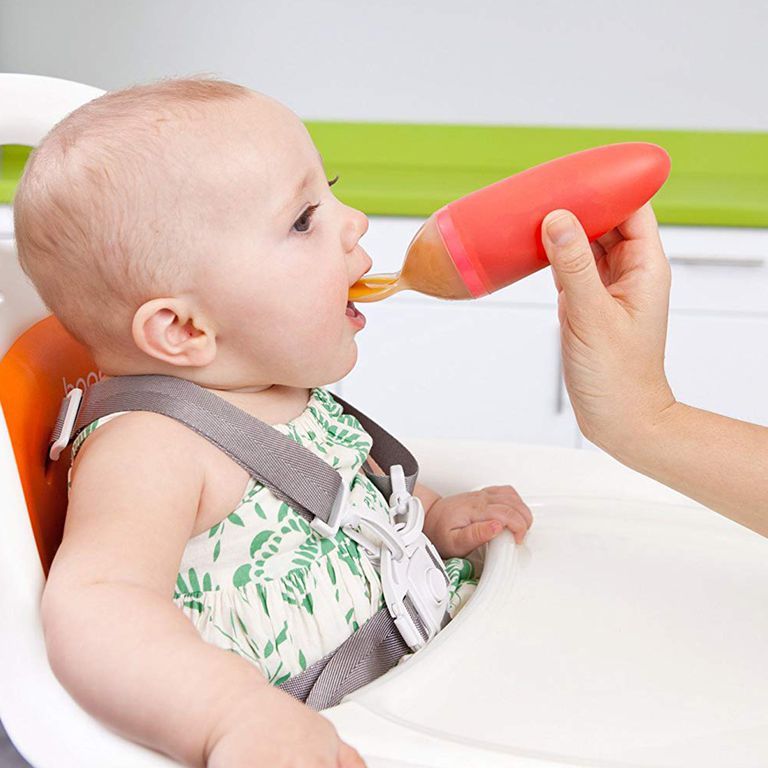 nine0003
nine0003
Calming and Circadian Rhythms. After three months, your baby begins to get used to more lucid sleep, with longer wake periods and more predictable and sometimes longer sleep periods. Actually. Three months is the perfect time to start shaping your sleep and wake patterns.
Children begin to establish circadian rhythms associated with the rhythmic secretion of melatonin at about three months of age. Babies at three months of age usually sleep between 11 am and 3 pm in a 24-hour period, of which they usually spend about three or four hours during the daytime. nine0003
Although it may be too early to expect your child to sleep consistently at night, it is recommended that feeding be used as the first step of the procedure rather than the last, so that your child does not learn to associate eating with falling asleep. The perfect preparation for sleep includes relaxing activities such as bathing and bedtime stories.
Safe sleep practices change with age. At this age, children should still sleep in the same room and should be in their own sleeping area.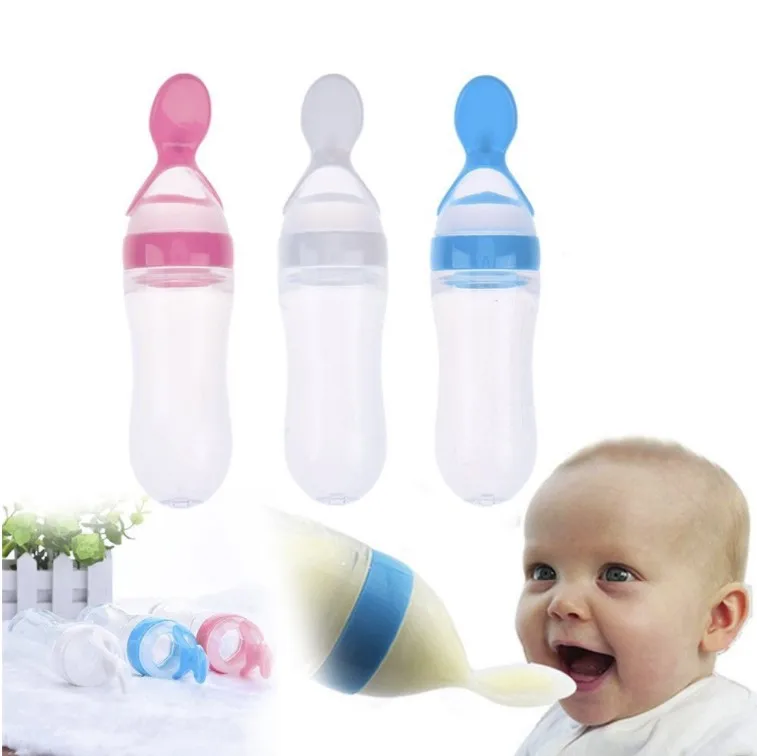 As soon as your baby shows signs of rolling, he should not be swaddled. nine0003
As soon as your baby shows signs of rolling, he should not be swaddled. nine0003
Eat more often By three months, your baby will need to walk a little more between meals, which means you spend less time feeding and enjoy your baby more. Four or five feeds a day, and one at night may seem like a lot, but your baby's belly has grown a lot since those early days, so he can take in more milk or formula before he gets hungry again.
How much should a three-month-old baby weigh?
nine0013As their diet becomes more sustainable, three-month-old babies can almost double their birth weight, and by the end of the third month, most of them will weigh between 5 and 7 kg. Of course, there is a wide range of normal values, and your primary care physician will assess your child's health as he grows each month.
Can a three-month-old baby erupt teeth?
It's too early for this age. Teething can begin as early as two months, although it is more typical around six months. Your child's bottom teeth (central incisors) tend to come out first, and they usually fall out first, around kindergarten! (It's hard to believe that your little one will go to school one day, isn't it?) Some babies don't have any signs or symptoms during teething, while others do quite a bit. Early symptoms may include drooling, fever, and rash. Or you may just notice that your child nibbles on everything they come across, including their hands. Giving your baby a cold washcloth or a cold teething toy may provide relief, but talk to your doctor if you think your baby is really experiencing discomfort. nine0003
Your child's bottom teeth (central incisors) tend to come out first, and they usually fall out first, around kindergarten! (It's hard to believe that your little one will go to school one day, isn't it?) Some babies don't have any signs or symptoms during teething, while others do quite a bit. Early symptoms may include drooling, fever, and rash. Or you may just notice that your child nibbles on everything they come across, including their hands. Giving your baby a cold washcloth or a cold teething toy may provide relief, but talk to your doctor if you think your baby is really experiencing discomfort. nine0003
What are the best toys and activities for 3 month olds?
After three months, your baby will show more interest in games and toys, especially with bright colors and simple sounds. They will also enjoy reading what you should try to do every day, especially before bed. Keep it simple with rhyming words and songs to grab their fleeting attention. Floor time and belly time are also still very important at this stage of the game to encourage strong head and neck movement and skating skills. nine0003
nine0003
Babies get better at three months?
This is a question that many parents ask around this age, after what may have been a difficult newborn period. Will the sleepless nights ever end? Evening tears will become less frequent? Is there an end of drool on your shoulder (or back)? A lot is really changing as this fourth trimester comes to an end and your baby is probably getting used to everyday life. But the biggest improvement you can have at this stage, you are an expert diaper changer, you can distinguish between a howling hunger and an exhausted scream, and you can feed your baby without even opening your eyes at this point. So calm down, experience and steady progress have already come to you. Enjoy your child and prepare him to explore the world. nine0003
Growth spurts in children: what is important to know
02/06/2020
Growing up a child
In the first 1.5 years of life, children experience rapid growth and rapid development: physical, mental and emotional. This process takes place in waves and is characterized by the emergence of new skills in the child.
This process takes place in waves and is characterized by the emergence of new skills in the child.
Each new skill overlaps the previous skill. For example, the baby learns to roll over first, then crawl and sit, pull up and stand at the support, and finally walk. A growth spurt is also a leap in the development of the nervous system and brain. Rapid changes, the emergence of new abilities sometimes scare the child. During such periods, he needs special attention and help from his parents. nine0003
It is possible to distinguish the same patterns and the order of their development in all children, despite the fact that each child is unique. In total, there are 10 periods of growth spurts in children under 2 years of age: 8 of them occur before 12 months, the last 2 - before 18 months.
Growth spurts
Signs
Sometimes a growth crisis goes unnoticed, but sometimes it lasts longer and quite clearly.
What signs will help you identify a growth spurt:
1.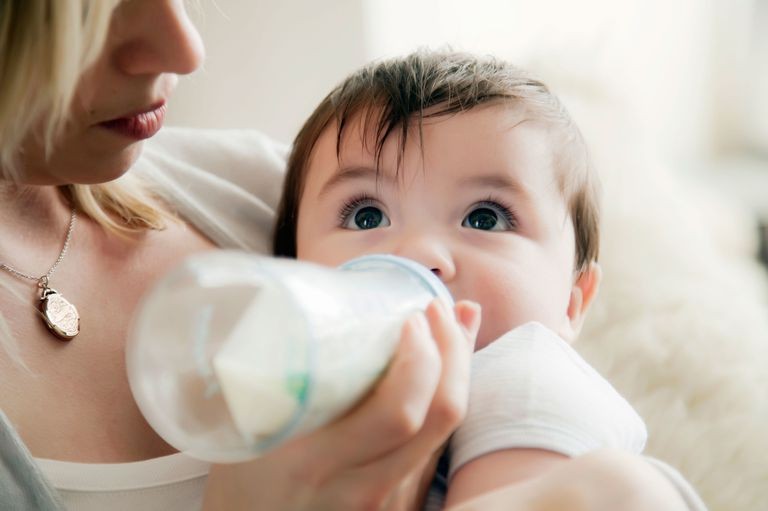 Changes in nutrition
Changes in nutrition
It is more difficult to feed the baby, sometimes it is not clear to the mother whether he is really hungry - the baby may refuse breast and bottle, but show signs of hunger. The child wants to eat more often, but eats less during feeding. This behavior is typical when he tries to calm down at the expense of food.
2. Behavior
The child becomes more restless and capricious. You will see that he does not want to leave your arms and cries when you try to put him in the crib. Or you may notice that the baby is crying and not calming down when he is usually calm and relaxed. This behavior is associated with the accumulation of overwork, since the baby spends a lot of energy during growth crises. Also, if the baby is irritated or naughty, he may be on the way to mastering a new skill. nine0003
3. Sleep
Before and during the growth spurt, children are more sleepy. Night awakenings become more frequent, and daytime sleeps become shorter. If you had a regimen before, it may deteriorate. It will seem to you that it is no longer suitable for the child and you need to change the schedule of sleep and wakefulness. But by the end of the growth spurt, you will notice that the old regimen has returned to normal.
If you had a regimen before, it may deteriorate. It will seem to you that it is no longer suitable for the child and you need to change the schedule of sleep and wakefulness. But by the end of the growth spurt, you will notice that the old regimen has returned to normal.
Please note that growth spurts are sometimes confused with other problems. So, the baby is sleepy and moody due to the fact that he gets sick. And hunger is a sign of a mother's lack of milk. nine0003
4. The child learns one of the skills:
- learns new sensations and gets to know his body
- starts to roll over
- masters the position on all fours and begins to crawl
- learns to sit down and stand up from a sitting position
- tries to stand holding on to a support and take his first steps
- starts walking
- is actively learning speech
5. Changing the size of the legs and arms
After the growth spurt, you will notice how your toddler has grown.
Calendar of developmental leaps
The first leap begins at the end of the first month of a baby's life, the peak falls on the 5th week. The baby begins to study the phenomena that occur around him. The sense organs develop, and the child perceives the world much more clearly than before.
The second growth crisis is a continuation of the first one. His surge falls on the 8th week. The kid opens the world of patterns. He understands, for example, that he has two arms and two legs. And spends hours practicing the new skill of controlling their particular position. He is fascinated by the shadows from the falling light. You may notice how the child listens to himself by making various sounds. He also begins to show joy with his first smile. nine0003
The third growth spurt appears at 3 months. If before this the baby's movements were clumsy, now he has much better control over his body. There is also a further development of the senses.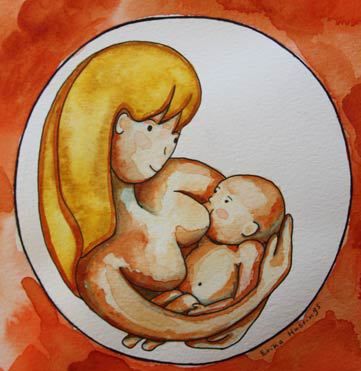 Now he notices the differences: he listens to the voices, watches how the light is replaced by darkness, how everything moves around. The world is becoming more organized.
Now he notices the differences: he listens to the voices, watches how the light is replaced by darkness, how everything moves around. The world is becoming more organized.
The fourth developmental leap of occurs around the 19th week. The child understands that each event has a certain sequence of actions. He begins to notice smooth transitions in sounds, movements, light, smells and textures. nine0003
Fifth developmental leap around 26 weeks. You will see how the baby tries to do many new things for him. The child improves coordination, he begins to understand the connection of things around. The main discovery at this age is the space around: there is a certain distance between people and objects. The world for the baby becomes huge.
The sixth crisis of will clearly manifest itself at 37 weeks. During this period, you will notice that the baby is learning new activities, constantly experimenting. The baby is able to recognize certain objects, sensations, groups people and animals into categories.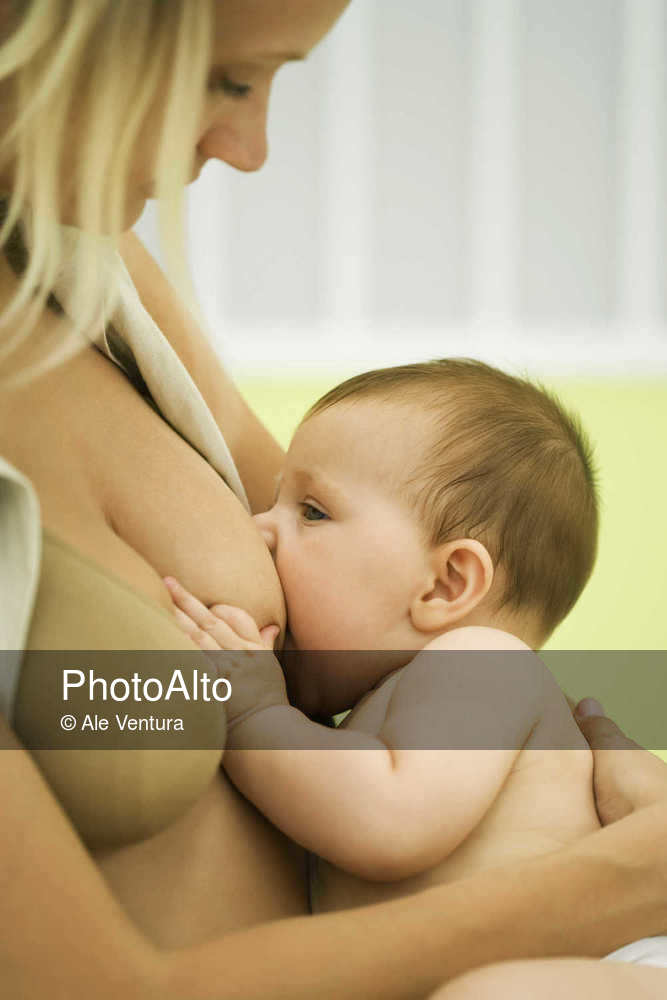 For example, he understands that a banana is different from an apple in shape, color and taste, but it is still food. Understanding the world of categories greatly affects your child's senses. nine0003
For example, he understands that a banana is different from an apple in shape, color and taste, but it is still food. Understanding the world of categories greatly affects your child's senses. nine0003
By the 46th week there will be a 7 leap in development . The baby will open the world of sequences. He will understand that in order to achieve his goal, it is necessary to act in a certain way. The child will learn how and in what sequence to put things together so that it is correct: a pyramid, cubes, etc.
The eighth leap of development will take place around the year at week 55. The kid will have a breakthrough in mental development and he will be ready to explore the world of programs. If before that the baby understood the sequence of events that follow one after another, now he understands that this does not always happen. And he also realizes that the result of an action sometimes depends on what happened now. nine0003
The ninth leap is the first growth crisis after a year, which peaks at 14-15 months. The child has grown up and now he is able to change the programs that he has mastered before. He will experiment with them:
The child has grown up and now he is able to change the programs that he has mastered before. He will experiment with them:
- Meet other children at the playground
- imitate others
- Explore your emotions
- Think ahead
- Become aggressive to get what you want
- Throw the first tantrums
- Understand the difference between "mine" and "yours"
- Learning to do things together
- Experiment with "yes" and "no"
The last tenth leap of development will take about 17 months. The baby develops the ability to understand "systems" and their differences: my mother is not like that boy's mother, my scooter is not like my brother's. At this stage, he realizes that he decides how to behave. The child develops a sense of compassion. nine0003
How to help your baby during a growth spurt
- Create a physiological regimen to prevent overwork. Make your bedtime ritual longer.




